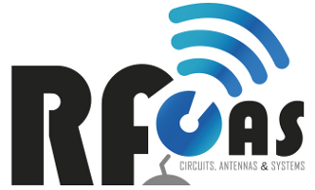| Abstract | Local RF-heating of elongated medical implants during magnetic resonance imaging (MRI) may pose a significant health risk to patients. The actual patient risk depends on various parameters including RF magnetic field strength and frequency, MR coil design, patient’s anatomy, posture, and imaging position, implant location, RF coupling efficiency of the implant, and the bio-physiological responses associated with the induced local heating. We present three constrained convex optimization strategies that incorporate the implant’s RF-heating characteristics, for the reduction of local heating of medical implants during MRI. The study emphasizes the complementary performances of the different formulations. The analysis demonstrates that RF-induced heating of elongated metallic medical implants can be carefully controlled and balanced against MRI quality. A reduction of heating of up to 25 dB can be achieved at the cost of reduced uniformity in the magnitude of the ##IMG## [http://ej.iop.org/images/0031-9155/60/18/7293/pmb516939ieqn001.gif] {$B_{1}^{+} $} field of less than 5%. The current formulations incorporate a priori knowledge of clinically-specific parameters, which is assumed to be available. Before these techniques can be applied practically in the broader clinical context, further investigations are needed to determine whether reduced access to a priori knowledge regarding, e.g. the patient’s anatomy, implant routing, RF-transmitter, and RF-implant coupling, can be accepted within reasonable levels of uncertainty. |


